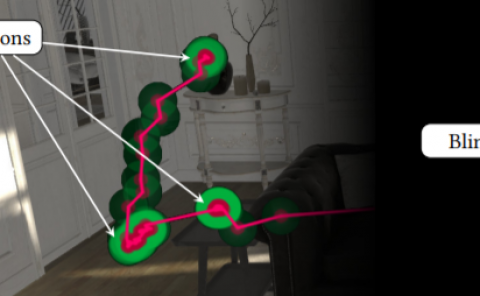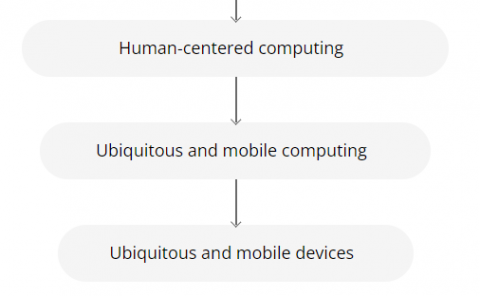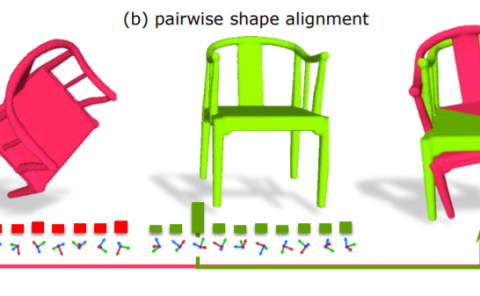Efficient and Accurate Methods for Computing the Gravitational Field of Irregular-Shaped Bodies
PubDate: August 2022
Teams: Institute for Computer Graphics and Virtual Reality University of Bremen;Royal Observatory of Belgium (ROB) & Université catholique de Louvain ;Bundeswehr University Munich;Royal Observatory of Belgium ;
Writers: Hermann Meißenhelter; Matthias Noeker; Tom Andert; René Weller; Benjamin Haser; Özgür Karatekin; Birgit Ritter; Max Hofacker; Larissa Balestrero Machado;Gabriel Zachmann
PDF: Efficient and Accurate Methods for Computing the Gravitational Field of Irregular-Shaped Bodies

Abstract
Small bodies (e.g. asteroids and moons) are one of the most important targets for physical exploration of space. For space missions, it is a central aspect to test the guidance, navigation, and control algorithms. This is typically ensured through physically - based simulations of the space mission in a virtual testbed, because of its time and cost-efficiency. Information about the gravitational field is crucial for the orbit and especially for planning a landing maneuver. Most small bodies have an irregular shape, which contributes to a complex gravitational field. In this study, we present and compare three different methods to model the gravitational field of small bodies and apply them to three test cases that we describe in detail. Our first method is based on the polyhedral method that provides a closed-form analytical solution of the gravity field for (assumed) homogeneous density. The idea behind the second method is to represent the small body’s mass by a polydisperse sphere packing. This allows us an easy and efficient computation through parallelization on the GPU (Graphics Processing Unit). The third method models the internal mass distribution of the body as a set of solid elements in spherical coordinates. The body is divided into longitudes and latitudes and the radius is divided into subsections. The used size of the volume elements is chosen to ensure high accuracy in representing the shape of the body. All three methods are also applicable on the surface of the body, making it interesting in the context of surface gravimetry. We evaluate the three methods using two ideal shapes (sphere and cube) and one real shape model (Martian moon Phobos). We compare the gravitational acceleration at their surface and measure the relative error of the models concerning the analyt-ical solutions. We also look at the computational cost of each method. Our proposed methods indicate that each of them is suitable for modeling asteroids with different characteristics. We provide reliable gravitation data for purposes such as space-craft orbit analysis and evaluation of the small body’s surface domain.



